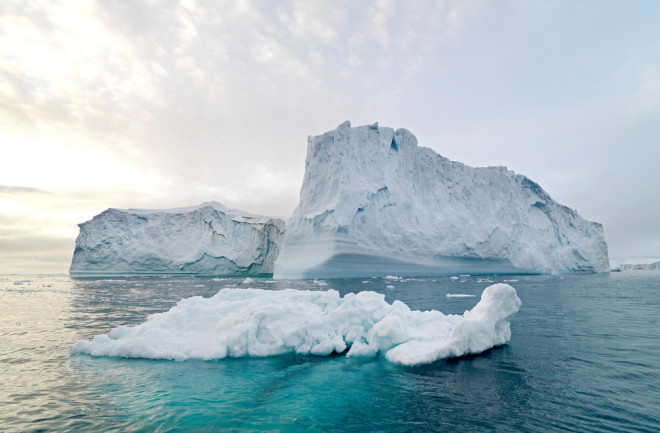(Credit: Shuttershock) With the help of underwater drones, scientists found that the Antarctic sea ice is thicker than we initially thought. While that doesn’t mean all is well with Antarctica’s sea ice in the face of a changing climate, it does shed more light on the complex processes shaping the fate of our planet’s southern ice. While Arctic sea ice is fairly well mapped and modeled―thanks in part to United States and British submarines that have reported on ice thickness in the region since the 1980s―the information on the Antarctic ice pack remains pretty sparse. “The polar regions remain some of the least explored parts of the planet’s oceans, despite their central role in understanding climatic processes and change,” wrote Hanumant Singh, an engineer whose research focuses on underwater vehicles, and his colleagues in the journal Science Robotics. Satellites have mapped the extent of sea ice at both poles for decades, but it’s difficult to measure the thickness of the ice from those remote images. While several research expeditions have drilled holes into the floating ice to get more direct measurements, Singh claims that drilling teams and icebreaking ships often avoid the thickest ice. Why? Because it’s harder to break. And this means reports may give the impression that Antarctica’s sea ice is thinner than it really is. During two recent research expeditions, SeaBed autonomous underwater vehicles (AUVs) gathered data of ice floes using sonar. Using that data, researchers created 10 3D maps that show Antarctic ice is actually thicker than we thought. “This is the most comprehensive and the only high-resolution 3D view of Antarctic sea-ice morphology to date,” wrote Singh and his colleagues.
Scientists Find Antarctic Sea Ice Thicker Than Thought

Newsletter
Sign up for our email newsletter for the latest science news
0 free articles left
Want More? Get unlimited access for as low as $1.99/month
Stay Curious
Sign up for our weekly newsletter and unlock one more article for free.
View our Privacy Policy
Want more?
Keep reading for as low as $1.99!
Already a subscriber?
Find my Subscription
More From Discover
Stay Curious
Subscribe
To The Magazine
Save up to 40% off the cover price when you subscribe to Discover magazine.
Copyright © 2025 LabX Media Group
